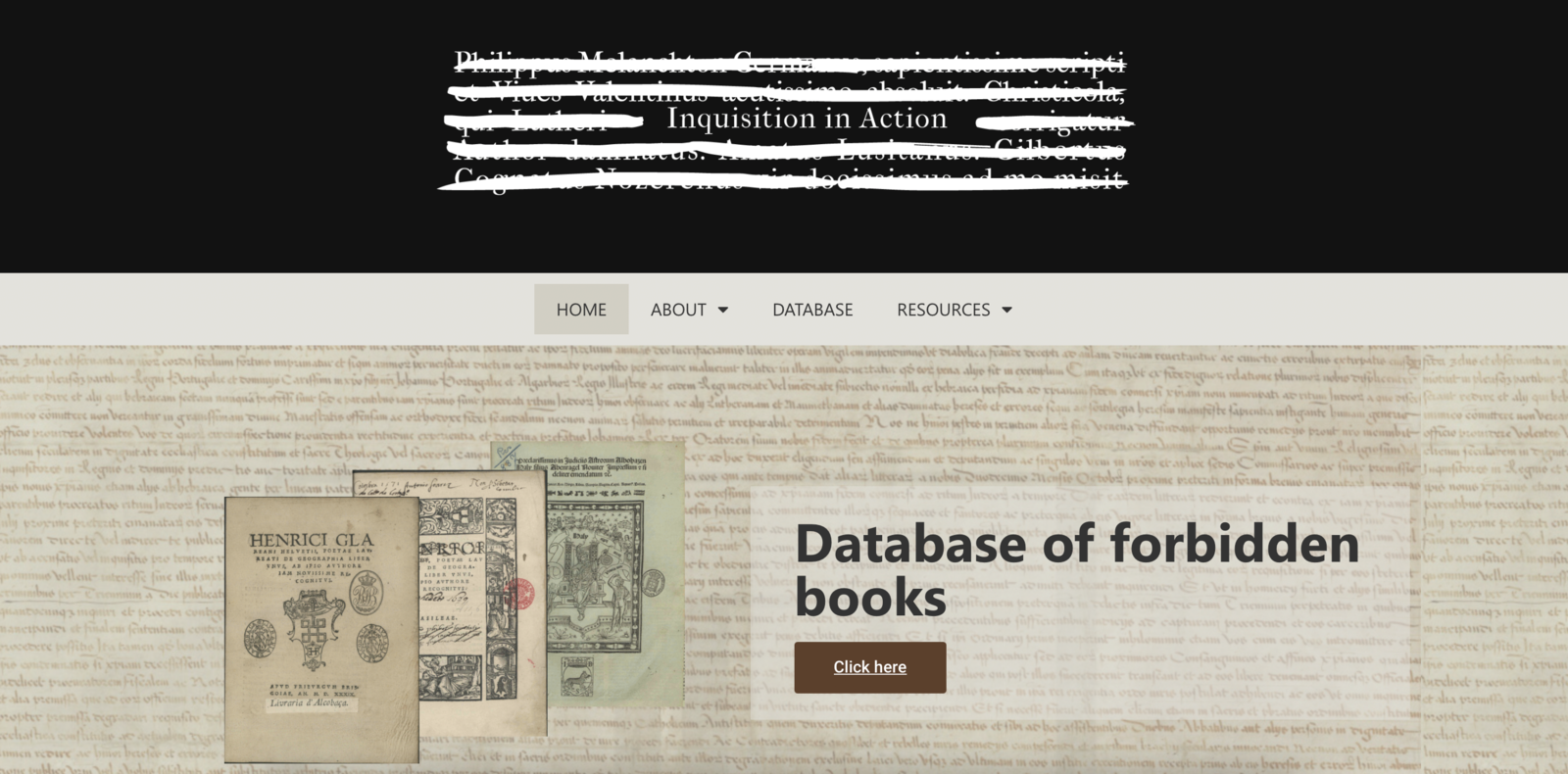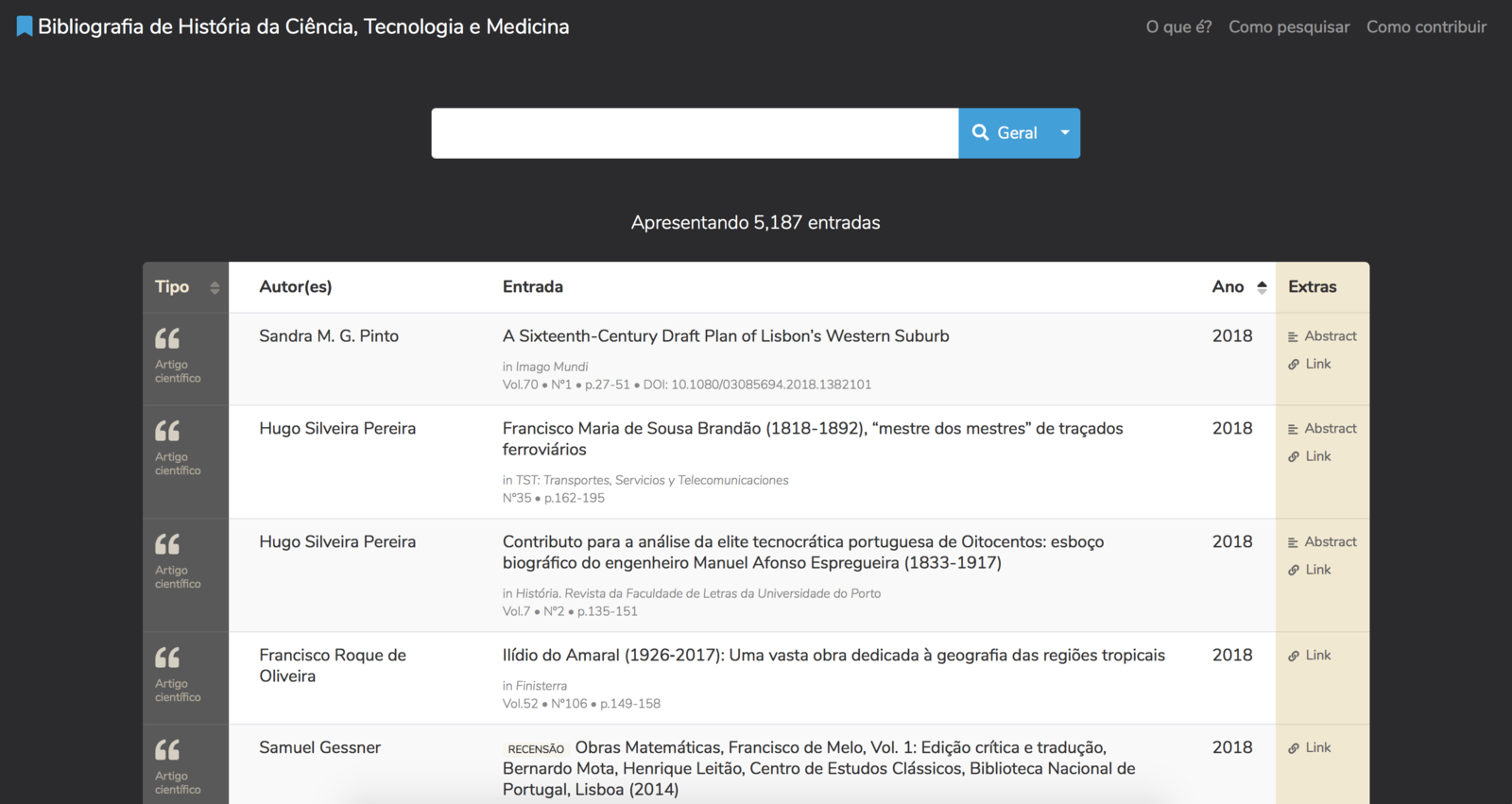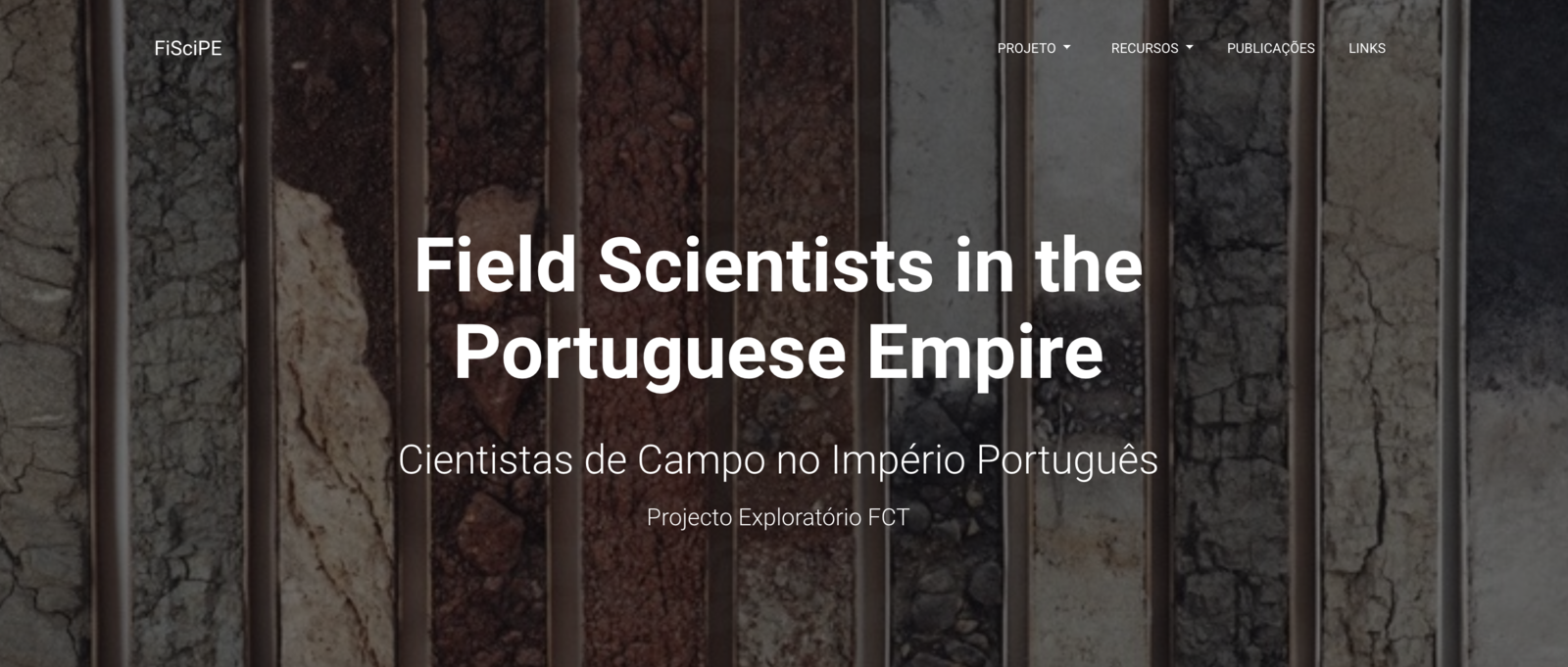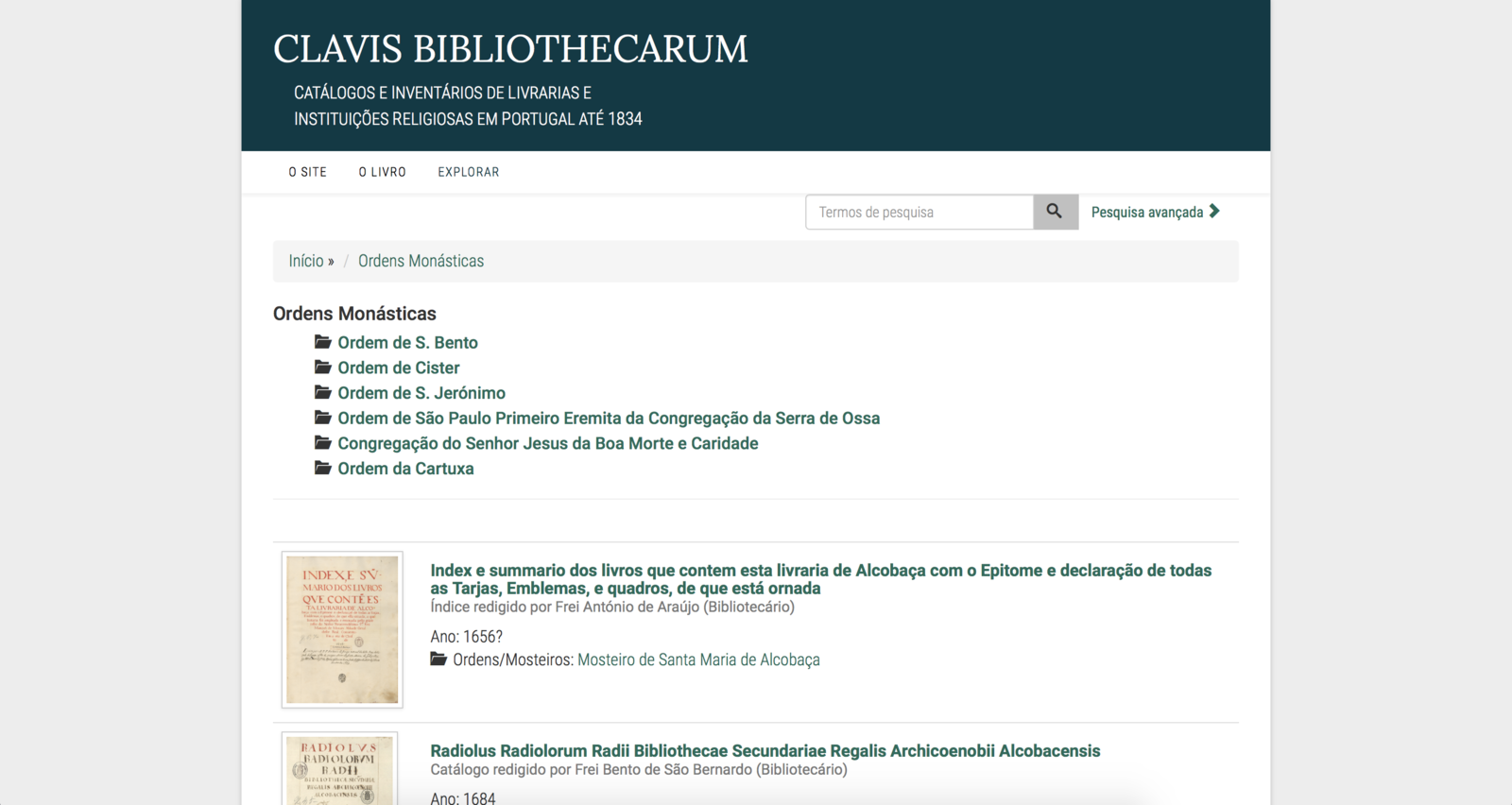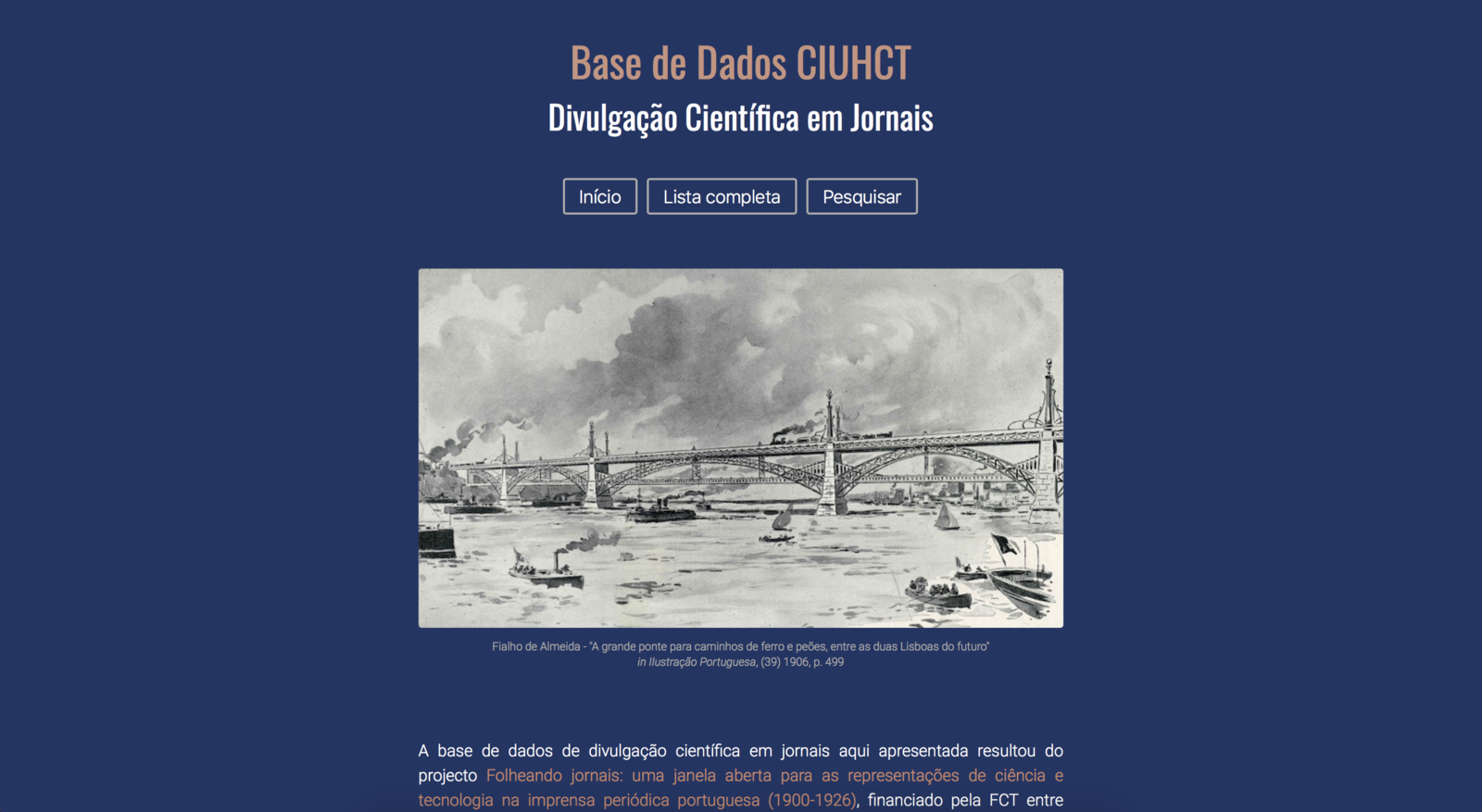Databases
The Medea-Chart project
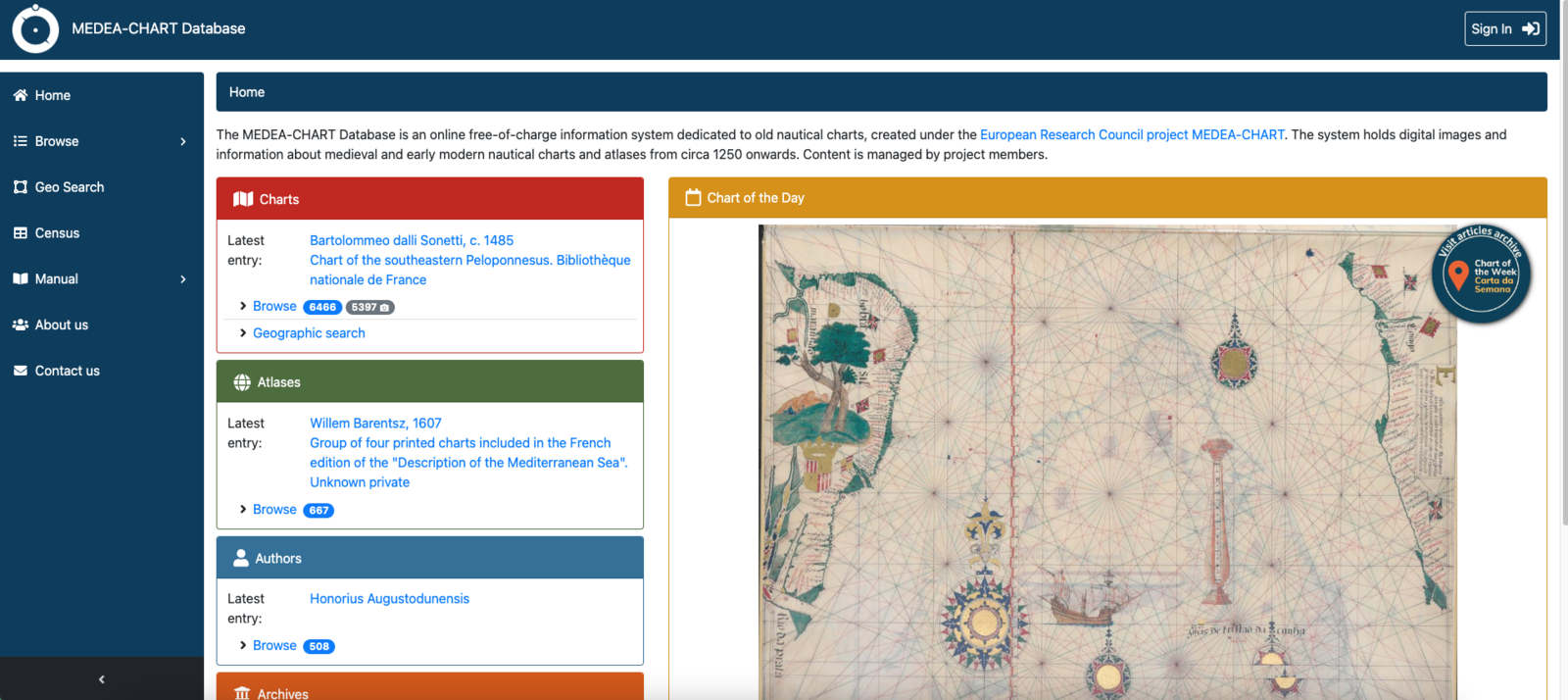
The MEDEA-CHART Database is an online free-of-charge information system dedicated to old nautical charts, created under the European Research Council project MEDEA-CHART.
The system holds digital images and information about medieval and early modern nautical charts and atlases from circa 1250 onwards.
Available at: medea.fc.ul.pt
The AQUA Project - Hydraulic Treatises
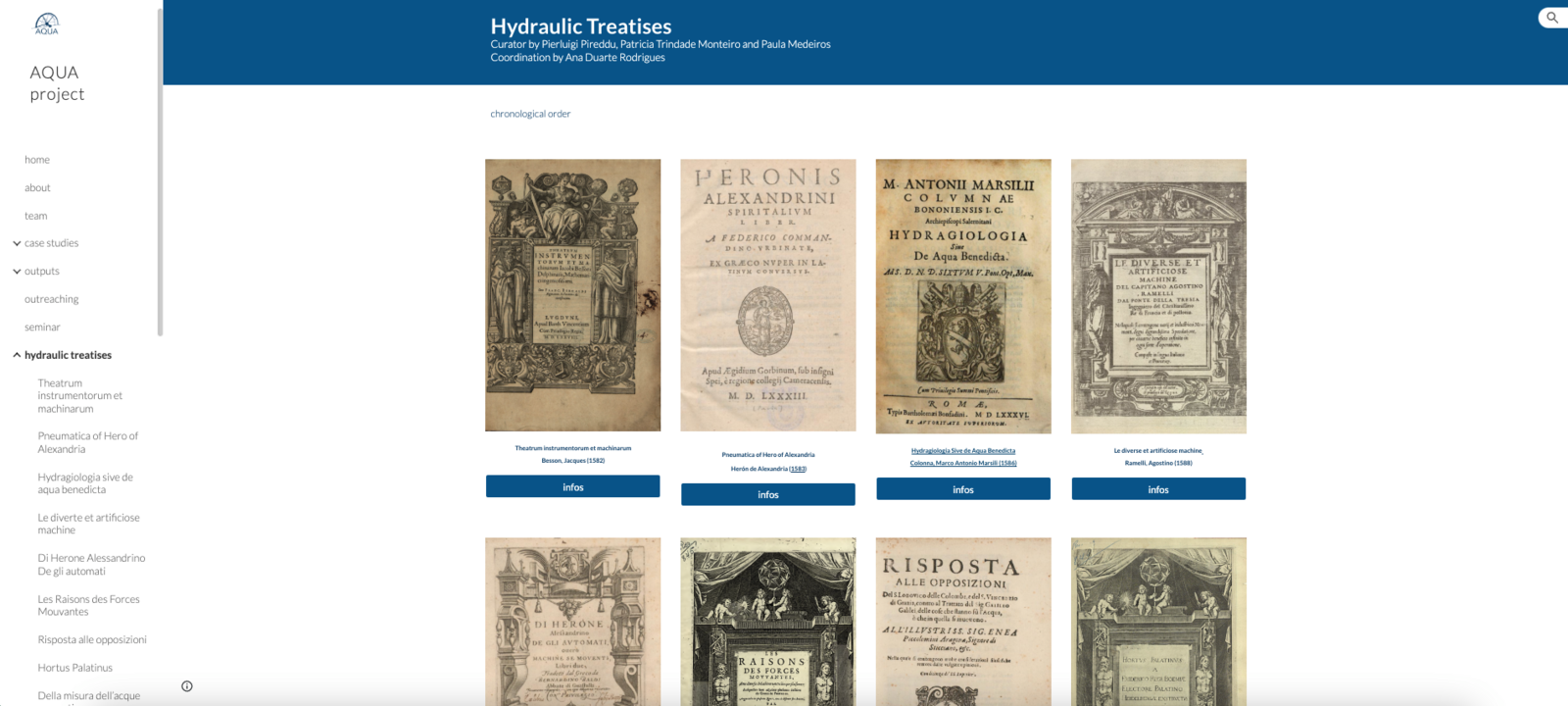
The AQUA project aims to evaluate water management efficiency from the 16th to the 19th centuries and correspondingly to establish recommendations on water and energy saving methods in contemporary gardens and landscapes, enabling future eco-innovations.
History of Science and Technology leads this multidisciplinary project involving collaboration between historians, engineers and landscape architects to promote bridging boundaries between the Humanities and the Sciences. AQUA’s international team sets three main goals:
- To build historical knowledge on water management in the early modern period;
- To evaluate early modern water management efficiency at a worldwide level;
- To establish specifications on water saving in gardens and landscapes, enabling the development of novel models of water saving.
Available at: aqua.ciuhct.org/hydraulic-treatises
STEMgram
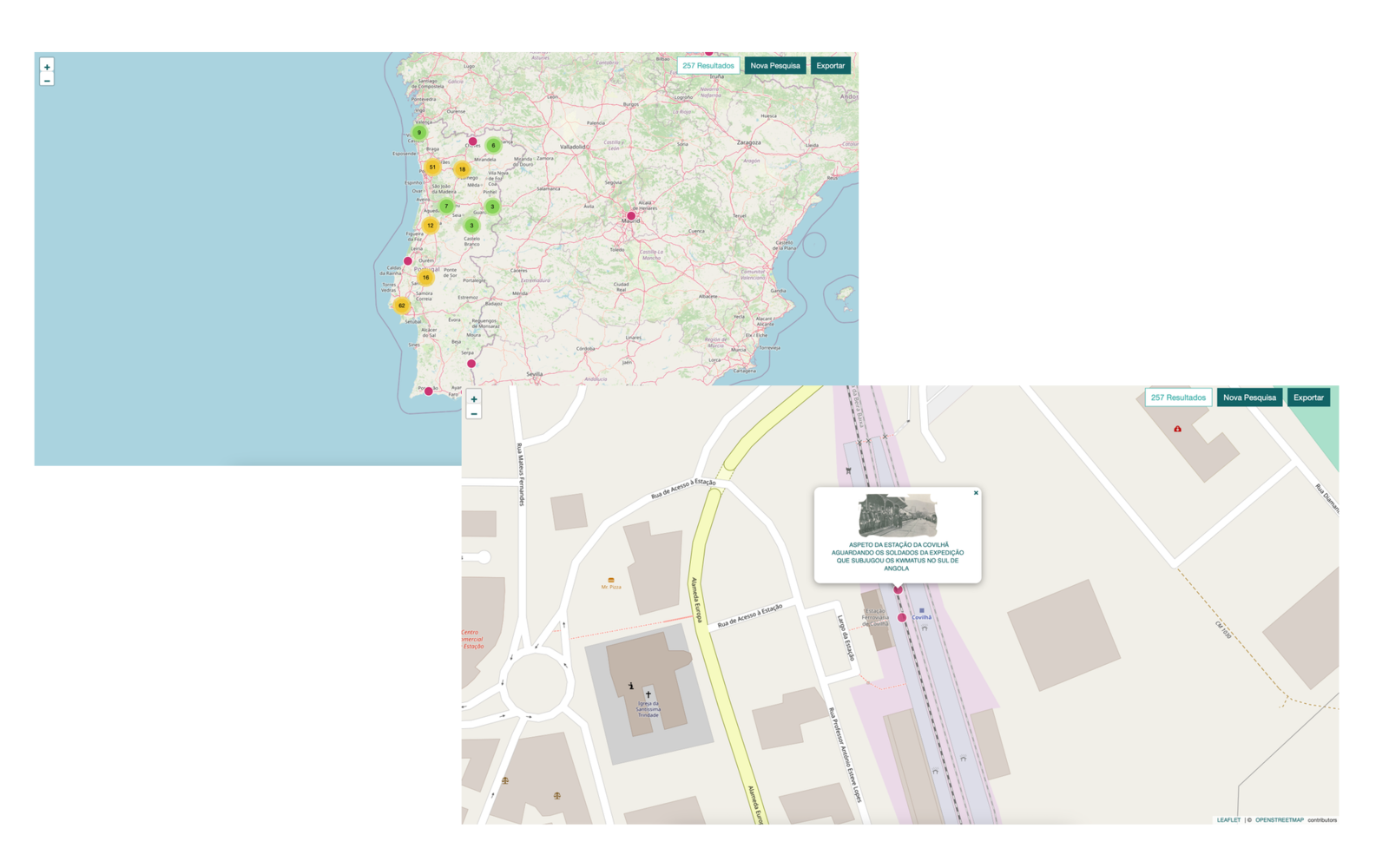
The STEMgram website is one of the results of the STEMgram project - Photography and the construction of technological and scientific landscapes in Portugal (1850-1914), developed at CIUHCT - Interuniversity Centre for the History of Science and Technology (Department of Applied Social Sciences at NOVA School of Science and Technology), by researcher Hugo Silveira Pereira and financed by National Funds under the Stimulus Competition for Scientific Employment - Individual (2017 edition).
The STEMgram project aims to demonstrate how the practice of photography and the dissemination of the photographic image contributed decisively to the construction of landscapes of techno-scientific modernity in Portugal in the second half of the 19th century and the first years of the 20th century.
To this end, it was planned to collect a minimum of 7,500 photographs depicting aspects and activities linked to science, technology, engineering and medicine in Portugal and its former colonies in the period indicated.
This site stores and makes available the photographic corpus through two search tools that allow photographic images to be found according to the criteria indicated by the user: the first tool is a simple search, which looks for images according to one or more words entered by the user; the second tool is an advanced search, which finds photographs using multiple criteria of the user's choice.
In either case, the results are displayed on a map (based on the approximate location of each image) and in a list. For each image found, a set of associated metadata is also made available.
Available at: stemgram.ciuhct.org
Inquisition in Action
Inquisition in Action is a fully searchable database on the censorship of scientific books by the Portuguese Inquisition. It bridges information from the Indexes of Forbidden Books and copies of censored and uncensored books extant in Portuguese libraries, providing traces of censorship, provenance, and relevant images for each entry.
This database is the result of the research conducted by Francisco Malta Romeiras, which centers on the Portuguese Inquisition and the censorship of scientific books (see Francisco Malta Romeiras, “Putting the Indices into Practice: Censoring Science in Early Modern Portugal,” Annals of Science 77 (2020): 71–95).
Available at: https://inq-in-action.ciuhct.org/
“Inquisition in Action is a valuable new portal for ordering and making visible the material artifacts of censorship in early modern Portugal and its empire.”
Hannah Marcus, Harvard University
Author of Forbidden Knowledge. Medicine, Science, and Censorship in Early Modern Italy (Chicago: The University of Chicago Press, 2020).
“Inquisition in Action makes a significant contribution to our understanding of Catholic censorship of scientific texts in the early modern period. It allows historians to examine not only the manner in which Portuguese inquisitors implemented Indices of Forbidden Books, but also to consider the physical practice of censorship.”
Neil Tarrant, University of Leeds
Author of Defining Nature's Limits: The Roman Inquisition and the Boundaries of Science (Chicago: University of Chicago Press, 2022)
Bibliography of History of Sciences, Technology and Medicine in Portugal, 2000-2015
This project is part of CIUHCT's strategy for 2015-2020 and aims to index publications on History of Science, Technology and Medicine, either by Portuguese researchers or by foreign researchers, working on Portuguese themes. On the one hand, this database incorporates the text-based bibliography for 2000-2004, compiled by Conceição Tavares and Henrique Leitão, and published in book format in 2005, and on the other, continues the work, focusing on the 2005-2015 period.
Available at: https://bibliografia.ciuhct.org
Naturally, this work will always be incomplete, so we encourage all colleagues to send us corrections to the annotated references, or suggestions about the website, to the address: bibliografia@ciuhct.org.
Field Scientists in the Portuguese Empire
As an output of research project Field scientists in the 'Luso-Tropical Setting': Knowledge, Ideology and Governance in Late Portuguese Empire - FiSciPE (IF/00519/2013), funded by the Fundação para a Ciência e a Tecnologia (Foundation for Science and Technology), this website makes available information about the project, a searchable database, and references to communications and publications by the team members. The database gathers data on research institutions and personnel that were directly or indirectly involved in fieldwork in the Portuguese colonies between the 1930s and 1970s. The main primary sources consulted for the database were the archives of the Junta das Missões Geográficas e de Investigações Coloniais/do Ultramar (Colonial/Overseas Research Board), today in the custody of the Universidade de Lisboa (University of Lisbon), and primary sources (both published and in manuscript form) produced by the Board.
N.B.: The contents are still being inserted, revised and expanded. Any feedback that contributes to its improvement is appreciated. (Dec. 2018)
Clavis Bibliothecarum
This website was developed by the National Library of Portugal as an extension for the book Clavis Bibliothecarum, a research project by Luana Giurgevich and Henrique Leitão, which consists of the most complete survey ever made of the catalogues and inventories of libraries of portuguese religious institutions.
The website's central goal is to facilitate the acess to the complete digital copy of the documents cited in the book. To this end, the catalogues, inventories and other documents from the colections in the National Library of Portugal and the Public Library of Évora were scanned, and are gradually becoming available through the Digital National Library, appearing in this thematic website at the same time.
Over time, we will be looking to make available documents from more institutional partners, digitizing and publishing online the ones referred in the Clavis Bibliothecarum.
Scientific Popularisation in Newspapers
This database results from the research project Reading newspapers. An open window to representations of Science and Technology in the Portuguese Press (1900-1926), funded by the National Foundation of Technology between 2008 and 2011, and integrated in CIUHCT. As one of the final outputs from the project, it allows for connections with contemporaneity, besides being a tool for searching articles on science in periodicals like Diário de Notícias, Comércio do Porto, Diário dos Açores or Ilustração Portuguesa.
The website includes different search fields for themes, subjects and periodicals, as well as global search. It is also possible to consult a full list of all indexed articles - together with a summary sheet - followed by textual transcripts and, whenever possible, the adjoining illustration. The referencing is complete, highlighting the origin and position of text, noting the scale of the position within the source page.
